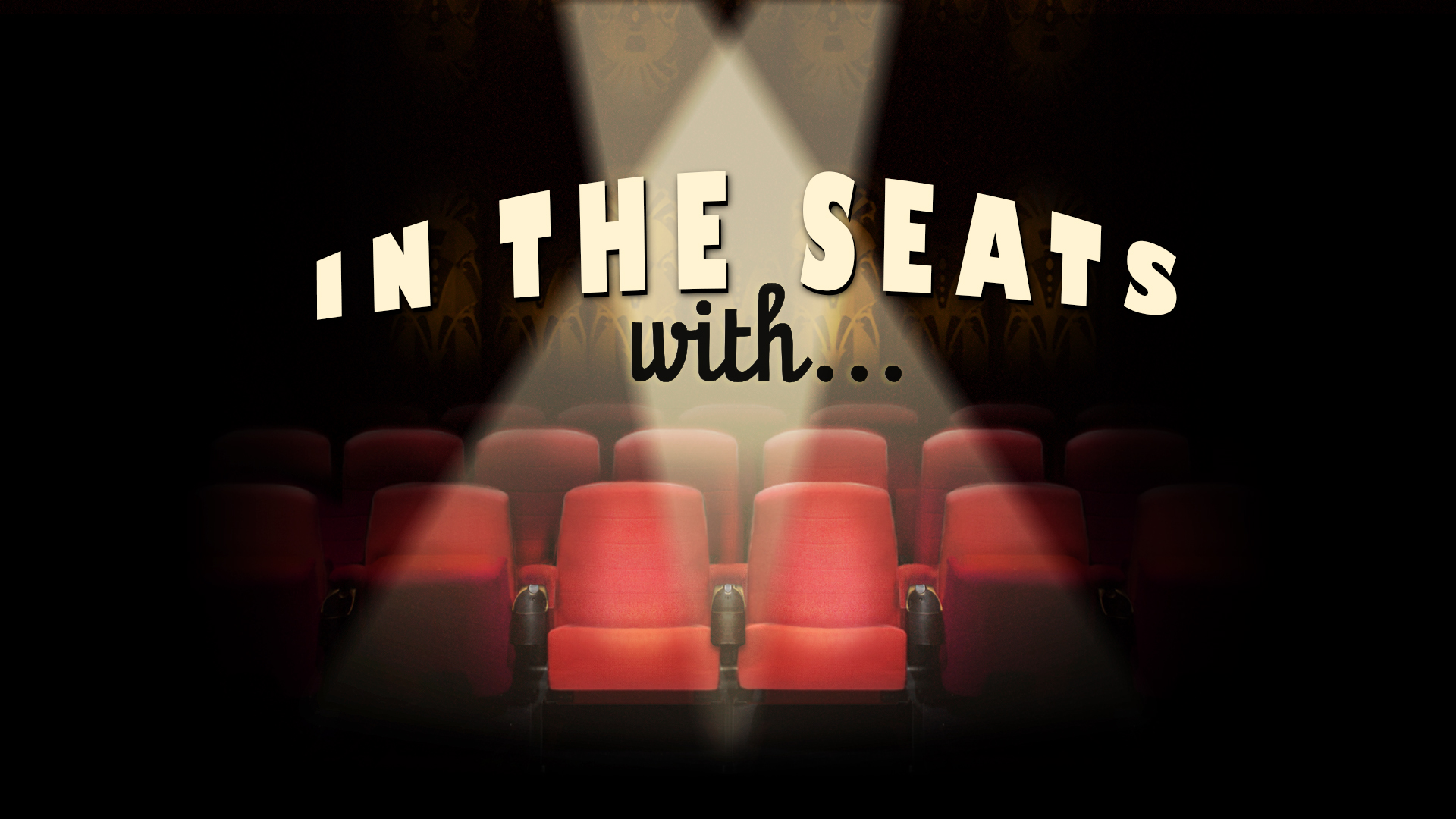It’s hard to know what to choose to see during the festival when industry and consumers alike simply have so much to choose from which is why sometimes you have to go off the board and take some chances.
There’s no other program in the festival that exemplifies this then the Wavelengths program, where taking chances and doing something a little different is quite simply the name of the game. In the second of our three part series, I got the chance to sit down with programmer Andrea Picard to find out why the Wavelengths program really is such an integral part of the Toronto International Film Festival.
DV: Every year the focus or at least the “Sexy” attention– always seems to go to programmes like Galas, Special Presentations & Midnight Madness but what is it about something like Wavelengths (where a lot of people may not fully understand the focus of the programme) that makes it such an integral part of the entire TIFF experience?
AP: Wavelengths is also sexy! The section includes many of the world’s top artists and auteurs, award-winners and emerging new talent, which makes it an exciting mix.
It has a smart, curious and devoted following but is also attractive to all adventurous cinema-goers, art lovers, and cinephiles seeking to discover the latest in global art cinema and moving image art. Wavelengths includes short films, features and installations, encompassing a wide-range from experimental film and video through essay films and documentaries to narrative cinema. What unites the programme is an ethos of autonomy, daring and artistic expression. You’ll also find crossover filmmakers who work in the artworld, such as Apichatpong Weerasethakul, Albert Serra, Pedro Costa, Sharon Lockhart, and last year, the forever brilliant Chantal Akerman.
This year’s programme features highlights from the Berlin, Cannes, Locarno and Venice film festivals, free exhibitions throughout the city of Toronto and four short programmes which demonstrate the various ways in which film and video are used for personal and aesthetic expression. Wavelengths can be seen both as an invigorating counterpoint and complement to the more mainstream programming at TIFF and significantly contributes to the rich and diverse lineup of each edition. Also, many of the films in the programme won’t be subsequently released or available online so the occasion to see them at TIFF in their original formats is a rare opportunity and special event.
Is there a specific mandate when programming for Wavelengths or do you have a certain amount of freedom and flexibility to observe different social issues and trends that come up across the globe?
Wavelengths is devoted to non-commercial cinema in various forms. The short film programmes showcase experimental film and artist made works from around the world and the feature programme strives to celebrate filmmakers taking risks whether in documentary or fiction and anything in between. There’s flexibility in that the films can be from anywhere in the world and of any length. We’ve had films as short as 43 seconds and has long as 9 hours! Themes naturally emerge as a result of contemporary concerns, especially political ones, but I find the best approach is to be open to it all and see what the annual crop offers in terms of style, ideas, preoccupations and artistic expression. It’s always refreshing to see filmmakers tackling social issues in intelligent and subtle ways, and often offering rejoinders to the mainstream media.
Could something with a mainstream bent like a horror or action film ever make it into the program?
Well we did show Ben Wheatley’s Field in England in Wavelengths and it did extremely well, attracting his loyal followers as well as Midnight Madness and Wavelengths regulars. It’s a black and white psychotropic period piece and its trippy nature fit well within the section. We also presented Josh and Benny Safdie’s gritty American indie Heaven Can Wait, which was another big success. Neither film qualifies as mainstream per se but they certainly widened our repertoire in interesting ways and proved that experiments in narrative cinema can take many forms and attract different audiences. Wavelengths is open to filmmakers pushing the boundaries not only of form but also storytelling, in usurping genres, or in many cases, in defying set categories like fact and fiction.
If you are talking to a festival goer who typically only goes to the star driven events, how do you sell them on taking a chance on a movie in Wavelengths?
Wavelengths will up their street cred. Each year, a number of Wavelengths titles figure on some of the most distinguished critics’ “Ten Tens” so they’ll have boasting rights and will probably enjoy seeing films that break with convention. Also, part of the festival experience is to try something new, no?
Visit tiff.net for more information about the Wavelengths program and everything that the festival has to offer.



Leave a Reply